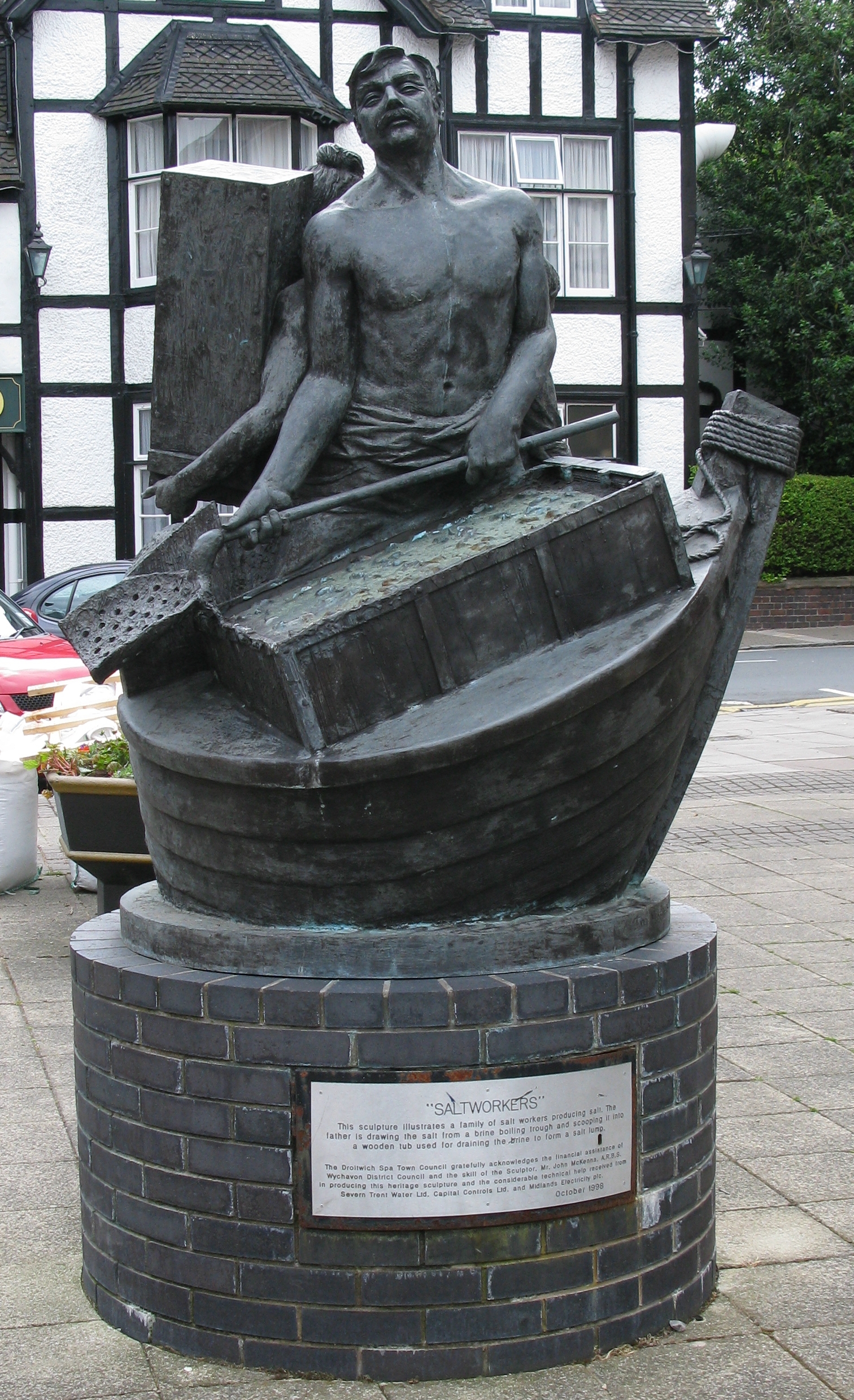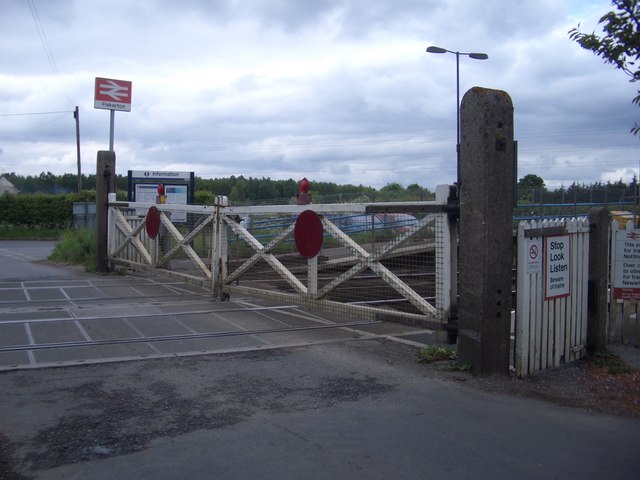|
Blakedown
Blakedown is a village in the Wyre Forest District lying along the A456 in the north of the county of Worcestershire, England. Following enclosures and the arrival of the railway, it developed both agriculturally and industrially during the 19th century. Due to its transport links, it now serves mainly as a dormitory for the neighbouring town of Kidderminster and for the cities of Birmingham and Worcester. History From the time of the Domesday book, the Blakedown (earlier Bleak Down) area formed part of Hagley Parish; originally it belonged to Clent Hundred and later to the lower division of Halfshire. In 1888 the growing village was separated administratively from Hagley to merge with the small adjacent parish of Churchill; there is now a combined Parish Council for both villages. Much of Blakedown was originally an area of common land, only enclosed in 1832. With the coming of the railway line in 1852, and the consequent agricultural and industrial development, Blakedown eventu ... [...More Info...] [...Related Items...] OR: [Wikipedia] [Google] [Baidu] |
Blakedown Railway Station
Blakedown railway station serves the English village of Blakedown, Worcestershire. It was opened (as ''Churchill station'') in 1852, later becoming known for a time as ''Churchill & Blakedown'' after the two villages became a single parish. The station is unstaffed, with only a basic shelter on each platform. There is a level crossing immediately to the west of the platforms, and in the absence of a footbridge or subway this is also the only method for passengers to cross the tracks. The platforms were lengthened in the 1990s to allow longer trains to call (see image - the hollow space and the white fence mark the extension). This is because Blakedown is within the Birmingham commuter band and over the twenty years between 1998 - 2018 usage of the station has increased by 147%. Currently there is a proposal to develop a car park on an adjacent field site to cater for further anticipated growth. Since August 2012 the signalling system has been altered, with the former signal box ... [...More Info...] [...Related Items...] OR: [Wikipedia] [Google] [Baidu] |
Hagley
Hagley is a large village and civil parish in Worcestershire, England. It is on the boundary of the West Midlands and Worcestershire counties between the Metropolitan Borough of Dudley and Kidderminster. Its estimated population was 7,162 in 2019. Development From the time of the Domesday Book until the 1933 boundary changes, the parish of Hagley extended southwards from the village to include the present parish of Blakedown. The main focus of the village, on the lower slopes of the Clent Hills, was on the outskirts, where Hagley Hall and the parish church of St John the Baptist can be found. The parish register of Hagley is the oldest in England. It dates from 1 December 1538, which was the year in which registers were ordered to be kept in all parishes. Lower Hagley lies downhill and started to expand with the arrival of the Oxford, Worcester and Wolverhampton Railway in 1852 and the eventual building of Hagley railway station. The growth of what is now known as West Hagley i ... [...More Info...] [...Related Items...] OR: [Wikipedia] [Google] [Baidu] |
Churchill, Wyre Forest
Churchill is a village in the Wyre Forest District of Worcestershire, England, near to Kidderminster. It is in the civil parish of Churchill and Blakedown and is the location of one of the few surviving water-powered plating forges in the United Kingdom - Churchill Forge Mill Churchill Forge Mill, situated in the Worcestershire village of Churchill, is one of the last water-powered forge mills remaining in an intact state in the UK and as such is an important example of the industrial heritage of the West Midlands. P .... References Further reading * ''A Pictorial History of Churchill and Blakedown'', Churchill & Blakedown Parish Council External links Churchill & Blakedown Parish site Villages in Worcestershire {{Worcestershire-geo-stub ... [...More Info...] [...Related Items...] OR: [Wikipedia] [Google] [Baidu] |
Oxford, Worcester And Wolverhampton Railway
The Oxford, Worcester and Wolverhampton Railway (OW&WR) was a railway company in England. It built a line from Wolvercot JunctionThe nearby settlement is spelt ''Wolvercote'' and a later station on the LNWR Bicester line follows that spelling. The OW&WR and GWR consistently used the spelling ''Wolvercot''. near Oxford to Worcester, Stourbridge, Dudley and Wolverhampton, as well as some branches. Its main line was opened in stages between 1852 and 1853. When the West Midland Railway (WMR) was formed by amalgamation in 1860, the OW&WR was the dominant partner, but the West Midland company amalgamated with the Great Western Railway (GWR) in 1863. Several branches and extensions were built in the West Midlands, and the main line was developed as an important trunk route. Much of the original main line is in use at present (2017). Before the OW&WR In 1841 the GWR opened its first main line between London and Bristol. It was engineered by Isambard Kingdom Brunel and the track was on ... [...More Info...] [...Related Items...] OR: [Wikipedia] [Google] [Baidu] |
Wyre Forest (district)
Wyre Forest is a local government district in Worcestershire, England, covering the towns of Kidderminster, Stourport-on-Severn and Bewdley, and several civil parishes and their villages. Its council was previously based in Stourport-on-Severn, but moved to new purpose built offices on the outskirts of Kidderminster in 2012. The district was formed under the Local Government Act 1972, on 1 April 1974, as a merger of Bewdley and Kidderminster municipal boroughs, Stourport-on-Severn Urban District Council and Kidderminster Rural District Council. Since 2011, Wyre Forest has formed part of the Greater Birmingham & Solihull Local Enterprise Partnership along with neighbouring authorities Birmingham, Bromsgrove, Cannock Chase, East Staffordshire, Lichfield District Council, Lichfield, Borough of Redditch, Redditch, Solihull Metropolitan Borough Council, Solihull and Tamworth (borough), Tamworth. In Wyre Forest, the population size has increased by 3.7%, from around 98,000 in 201 ... [...More Info...] [...Related Items...] OR: [Wikipedia] [Google] [Baidu] |
Kidderminster
Kidderminster is a large market and historic minster town and civil parish in Worcestershire, England, south-west of Birmingham and north of Worcester. Located north of the River Stour and east of the River Severn, in the 2011 census, it had a population of 55,530. The town is twinned with Husum, Germany. Situated in the far north of Worcestershire (and with its northern suburbs only 3 and 4 miles from the Staffordshire and Shropshire borders respectively), the town is the main administration centre for the wider Wyre Forest District, which includes the towns of Stourport-on-Severn and Bewdley, along with other outlying settlements. History The land around Kidderminster may have been first populated by the Husmerae, an Anglo-Saxon tribe first mentioned in the Ismere Diploma, a document in which Ethelbald of Mercia granted a "parcel of land of ten hides" to Cyneberht. This developed as the settlement of Stour-in-Usmere, which was later the subject of a territorial dispute ... [...More Info...] [...Related Items...] OR: [Wikipedia] [Google] [Baidu] |
William Shenstone
William Shenstone (18 November 171411 February 1763) was an English poet and one of the earliest practitioners of landscape gardening through the development of his estate, ''The Leasowes''. Biography Son of Thomas Shenstone and Anne Penn, daughter of William Penn of Harborough Hall, then in Hagley (now Blakedown), Shenstone was born at the Leasowes, Halesowen on 18 November 1714. At that time this was an exclave of Shropshire within the county of Worcestershire and now in the West Midlands. Shenstone received part of his formal education at Halesowen Grammar School (now The Earls High School). In 1741, Shenstone became bailiff to the feoffees of Halesowen Grammar School. While attending Solihull School, he began a lifelong friendship with Richard Jago. He went up to Pembroke College, Oxford in 1732 and made another firm friend there in Richard Graves, the author of ''The Spiritual Quixote''. Shenstone took no degree, but, while still at Oxford, he published ''Poems on va ... [...More Info...] [...Related Items...] OR: [Wikipedia] [Google] [Baidu] |
Edward III Of England
Edward III (13 November 1312 – 21 June 1377), also known as Edward of Windsor before his accession, was King of England and Lord of Ireland from January 1327 until his death in 1377. He is noted for his military success and for restoring royal authority after the disastrous and unorthodox reign of his father, Edward II. EdwardIII transformed the Kingdom of England into one of the most formidable military powers in Europe. His fifty-year reign was one of the longest in English history, and saw vital developments in legislation and government, in particular the evolution of the English Parliament, as well as the ravages of the Black Death. He outlived his eldest son, Edward the Black Prince, and the throne passed to his grandson, Richard II. Edward was crowned at age fourteen after his father was deposed by his mother, Isabella of France, and her lover Roger Mortimer. At age seventeen he led a successful coup d'état against Mortimer, the ''de facto'' ruler of the coun ... [...More Info...] [...Related Items...] OR: [Wikipedia] [Google] [Baidu] |
Signal Box
In signal processing, a signal is a function that conveys information about a phenomenon. Any quantity that can vary over space or time can be used as a signal to share messages between observers. The ''IEEE Transactions on Signal Processing'' includes audio, video, speech, image, sonar, and radar as examples of signal. A signal may also be defined as observable change in a quantity over space or time (a time series), even if it does not carry information. In nature, signals can be actions done by an organism to alert other organisms, ranging from the release of plant chemicals to warn nearby plants of a predator, to sounds or motions made by animals to alert other animals of food. Signaling occurs in all organisms even at cellular levels, with cell signaling. Signaling theory, in evolutionary biology, proposes that a substantial driver for evolution is the ability of animals to communicate with each other by developing ways of signaling. In human engineering, signals are typi ... [...More Info...] [...Related Items...] OR: [Wikipedia] [Google] [Baidu] |
Droitwich
Droitwich Spa (often abbreviated to Droitwich ) is an historic spa town in the Wychavon district in northern Worcestershire, England, on the River Salwarpe. It is located approximately south-west of Birmingham and north-east of Worcester. The town was called Salinae in Roman times, then later called Wyche, derived from the Anglo-Saxon Hwicce kingdom, referred to as "Saltwich" according to Anglo-Saxon charters, with the Droit (meaning "right" in French) added when the town was given its charter on 1 August 1215 by King John. The "Spa" was added in the 19th century when John Corbett developed the town's spa facilities. The River Salwarpe running through Droitwich is likely derived from ''sal'' meaning "salt" and ''weorp'' which means "to throw up" - i.e. "the river which throws up salt" - which overflows from the salt brines. The town is situated on massive deposits of salt, and salt has been extracted there since ancient times. The natural Droitwich brine contains of salt; te ... [...More Info...] [...Related Items...] OR: [Wikipedia] [Google] [Baidu] |
Level Crossings In The United Kingdom
There are around 6,000 level crossings in the United Kingdom, of which about 1,500 are public highway crossings. This number is gradually being reduced as the risk of accidents at level crossings is considered high. The director of the UK Railway Inspectorate commented in 2004 that "the use of level crossings contributes the greatest potential for catastrophic risk on the railways." The creation of new level crossings on the national network is banned (the exception being reopening unavoidable crossings on new/reopening railway lines, and on heritage railways), with bridges and tunnels being the more favoured options. The cost of making significant reductions, other than by simply closing the crossings, is substantial; some commentators argue that the money could be better spent. Some 5,000 crossings are user-worked crossings or footpaths with very low usage. The removal of crossings can improve train performance and lower accident rates, as some crossings have low rail speed li ... [...More Info...] [...Related Items...] OR: [Wikipedia] [Google] [Baidu] |
Great Western Railway
The Great Western Railway (GWR) was a British railway company that linked London with the southwest, west and West Midlands of England and most of Wales. It was founded in 1833, received its enabling Act of Parliament on 31 August 1835 and ran its first trains in 1838 with the initial route completed between London and Bristol in 1841. It was engineered by Isambard Kingdom Brunel, who chose a broad gauge of —later slightly widened to —but, from 1854, a series of amalgamations saw it also operate standard-gauge trains; the last broad-gauge services were operated in 1892. The GWR was the only company to keep its identity through the Railways Act 1921, which amalgamated it with the remaining independent railways within its territory, and it was finally merged at the end of 1947 when it was nationalised and became the Western Region of British Railways. The GWR was called by some "God's Wonderful Railway" and by others the "Great Way Round" but it was famed as the "Holiday ... [...More Info...] [...Related Items...] OR: [Wikipedia] [Google] [Baidu] |
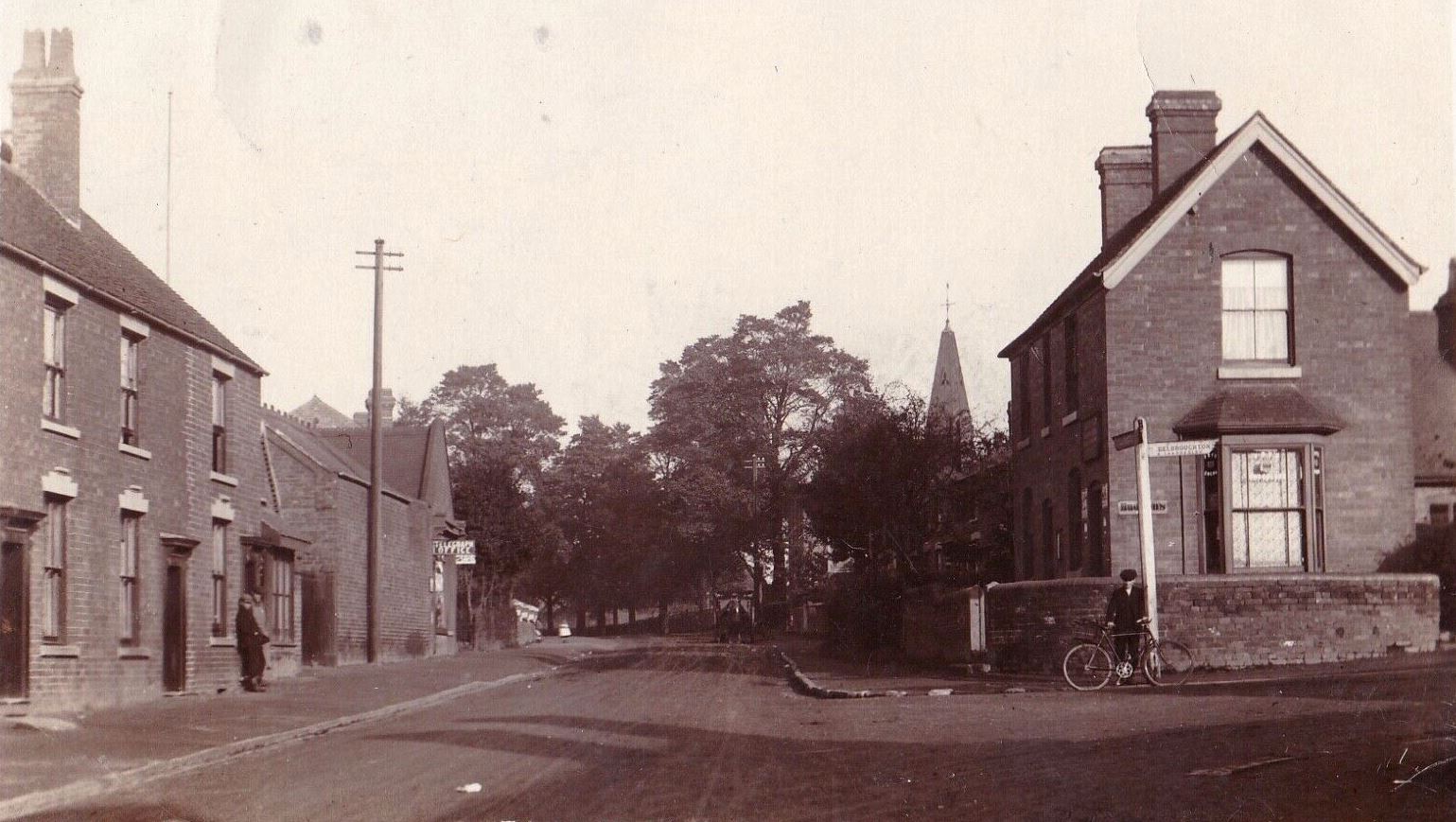

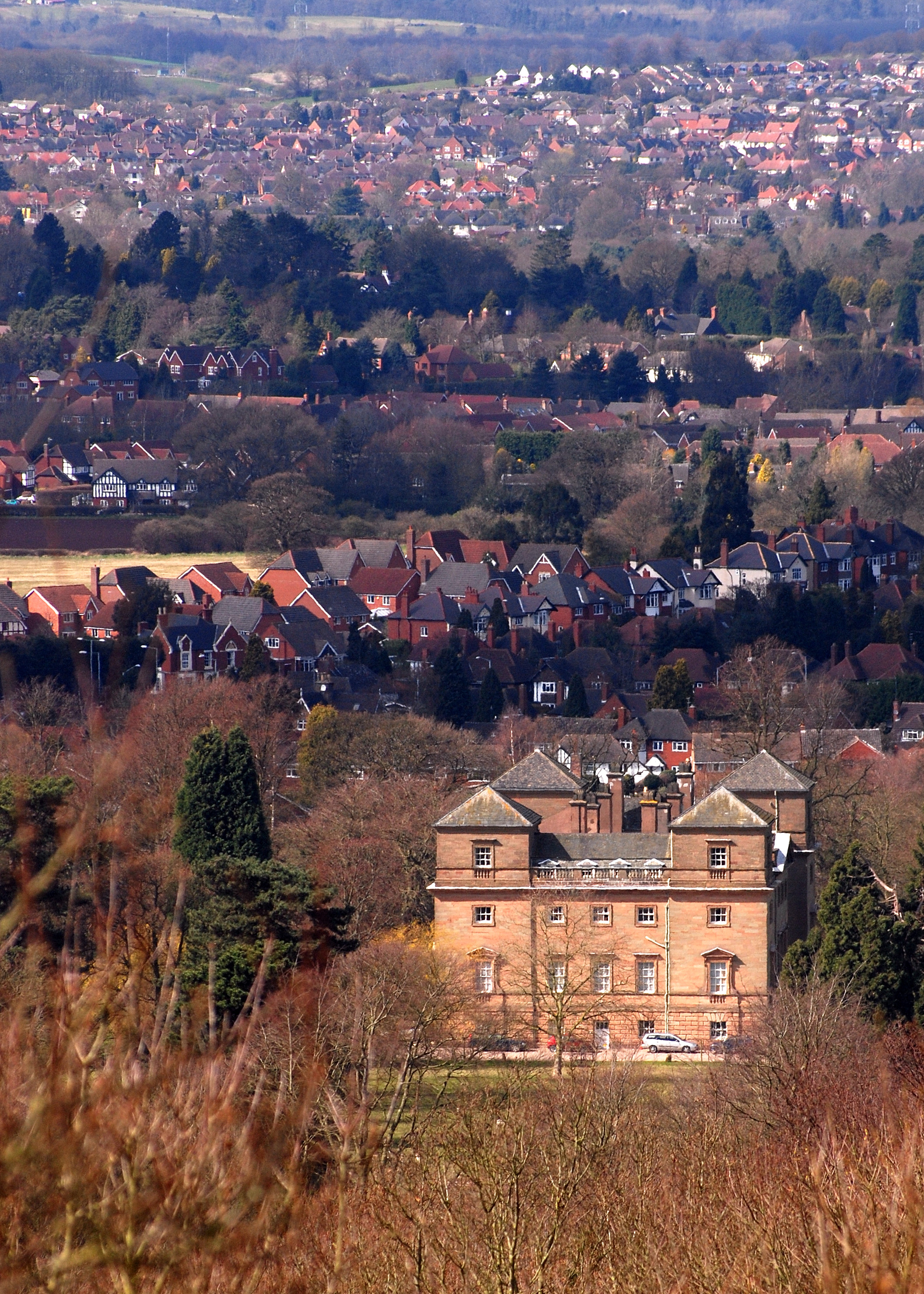
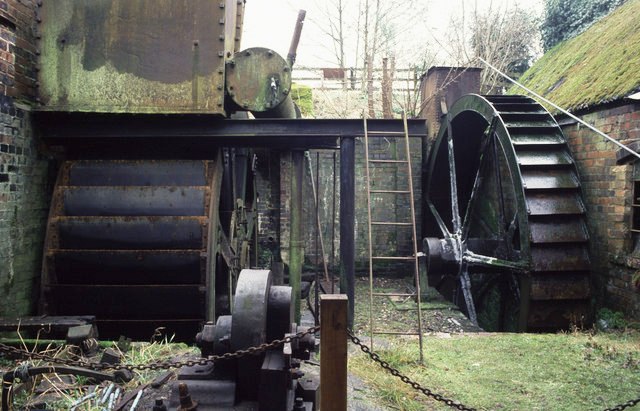


_Tower%2C_Castle_Road%2C_Kidderminster_(geograph_2328286).jpg)


